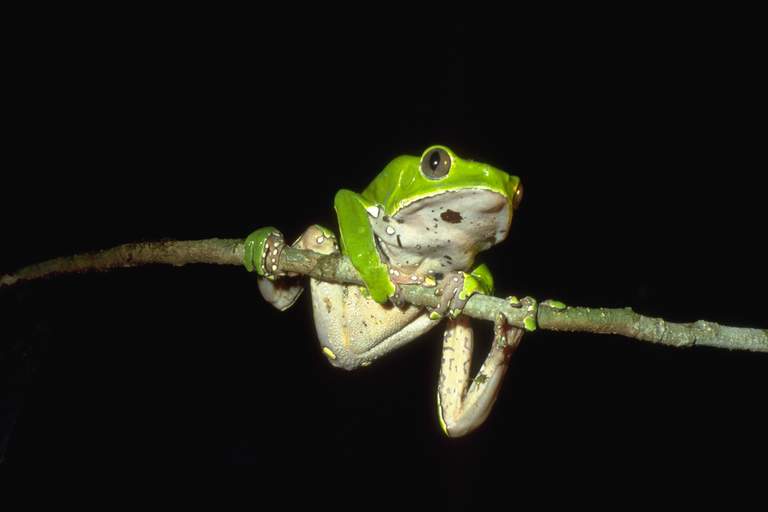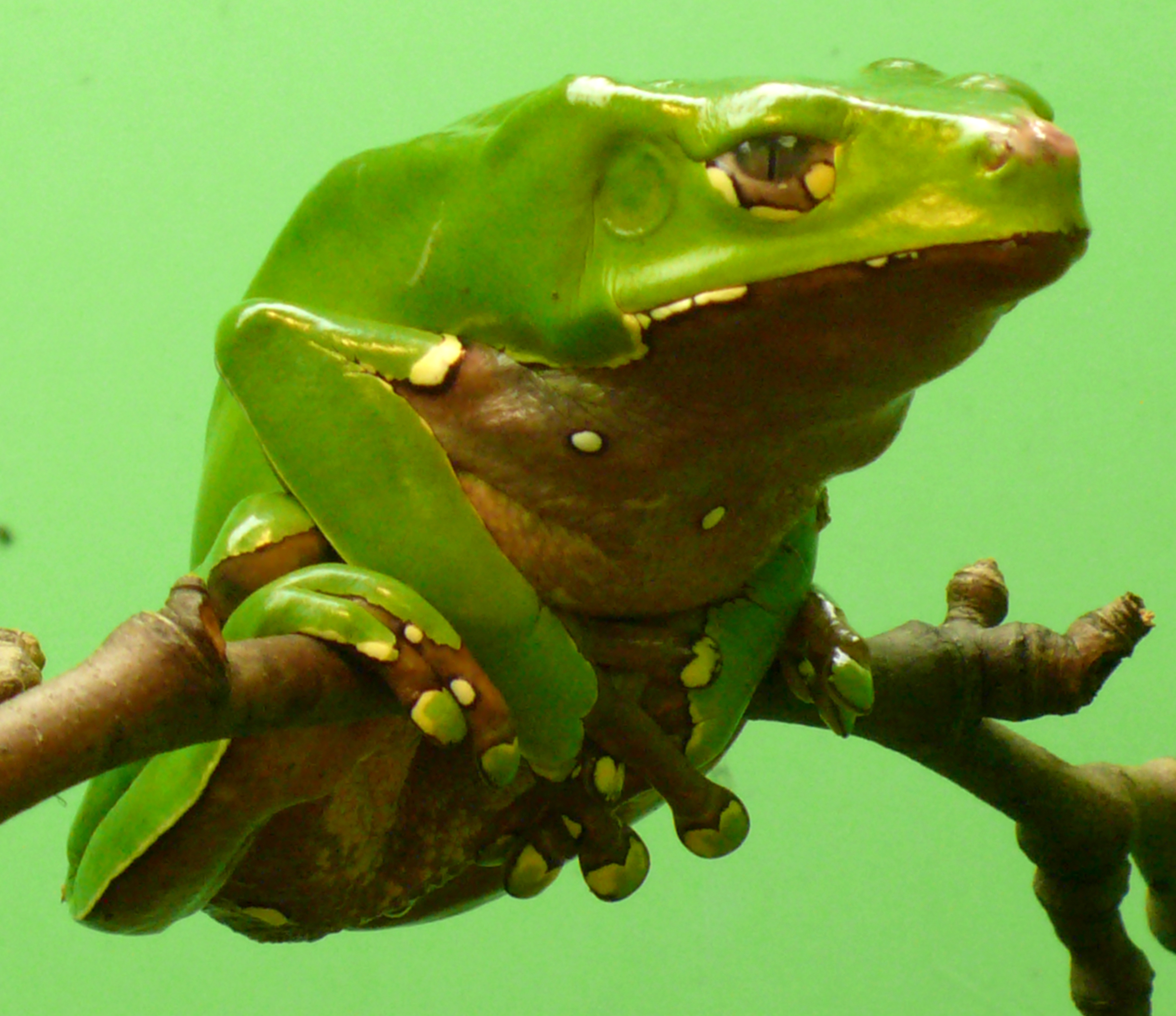|
Kambo (other)
Kambo may refer to: * Kambo, a village in Moss municipality, Norway * The Kambo (Kamboj The Kamboj (Devanagari: कंबोज, Nastaliq: کمبوج, Gurumukhi: ਕੰਬੋਜ ALA-LC: ), also Kamboh (Nastaliq: کمبوہ ALA-LC: ), is a caste and agrarian community of India and Pakistan that originated from the central Punjab ..., Kamboh), an ethnic group inhabiting the Punjab region of India and Pakistan * Kambo, the poisonous secretions of kambô ('' Phyllomedusa bicolor''), a species of hylid frog native to Amazonia * Syafruddin Kambo (1961–2025), Indonesian politician {{disambig ... [...More Info...] [...Related Items...] OR: [Wikipedia] [Google] [Baidu] |
Kambo, Norway
Kambo is a village in the municipality of Moss, in Østfold county, Norway. Kambo Station, the local railway station, is served by commuter train line L21 between Skøyen (via Oslo Oslo ( or ; ) is the capital and most populous city of Norway. It constitutes both a county and a municipality. The municipality of Oslo had a population of in 2022, while the city's greater urban area had a population of 1,064,235 in 2022 ...) and Moss. See also * List of villages in Østfold References External linksMoss kommune Villages in Østfold {{Østfold-geo-stub ... [...More Info...] [...Related Items...] OR: [Wikipedia] [Google] [Baidu] |
Kamboj
The Kamboj (Devanagari: कंबोज, Nastaliq: کمبوج, Gurumukhi: ਕੰਬੋਜ ALA-LC: ), also Kamboh (Nastaliq: کمبوہ ALA-LC: ), is a caste and agrarian community of India and Pakistan that originated from the central Punjab region. Muslim Kamboj are known as Kamboh; they were particularly influential in the administration and the military of the Mughal Empire from the times of Akbar onward. Some famous personalities include Shahbaz Khan Kamboh and Shaikh Gadai Kamboh. Demographics Religion As per the 1931 census of Punjab Province (British India), British Punjab, most Kambojs followed Sikhism (42.4%) and Islam (41.5%), with a considerable minority following Hinduism (16.1%). Muslim members of the community are called as Kamboh. The Hindu Kambojs and the Sikh Kambojs are found in the Punjab, India, Punjab, Haryana and Jammu division, Jammu regions in India, while most of the Muslim Kambohs are found in the province of Punjab, Pakistan, Punjab in Pakist ... [...More Info...] [...Related Items...] OR: [Wikipedia] [Google] [Baidu] |
Kamboh
The Kamboj (Devanagari: कंबोज, Nastaliq: کمبوج, Gurumukhi: ਕੰਬੋਜ ALA-LC: ), also Kamboh (Nastaliq: کمبوہ ALA-LC: ), is a caste and agrarian community of India and Pakistan that originated from the central Punjab region. Muslim Kamboj are known as Kamboh; they were particularly influential in the administration and the military of the Mughal Empire from the times of Akbar onward. Some famous personalities include Shahbaz Khan Kamboh and Shaikh Gadai Kamboh. Demographics Religion As per the 1931 census of British Punjab, most Kambojs followed Sikhism (42.4%) and Islam (41.5%), with a considerable minority following Hinduism (16.1%). Muslim members of the community are called as Kamboh. The Hindu Kambojs and the Sikh Kambojs are found in the Punjab, Haryana and Jammu regions in India, while most of the Muslim Kambohs are found in the province of Punjab in Pakistan. Numbers As per the 2017 Pakistani census, Kamboh made around 5% of Lahor ... [...More Info...] [...Related Items...] OR: [Wikipedia] [Google] [Baidu] |
Kambo Cleanse
Kambo, also known as sapo (from ) or vacina-do-sapo, is substance derived from the natural secretions of an amphibian belonging to the Phyllomedusa, Phyllomedusa family. Commonly the dried skin secretions of the Phyllomedusa bicolor, giant leaf frog, known as the ''kambô'' in Portuguese, a species of frog, are used for ritualistic purposes with a strong religious and spiritual components. Less commonly it is used as a transdermal medicine, however, evidence for its effectiveness is limited. Kambo is usually used in a group setting, called a kambo circle or kambo ceremony. The effects on humans usually include tachycardia, nausea, vomiting, and Diarrhoea, diarrhea. A meta-review of 50 studies in which 11 cases of acute intoxication were examined found that extreme cases have included psychosis (occasionally severe), SIADH, kidney damage (including acute renal failure), pancreas damage, Liver disease, liver damage including toxic hepatitis, dermatomyositis, esophageal rupture, a ... [...More Info...] [...Related Items...] OR: [Wikipedia] [Google] [Baidu] |
Kambô
''Phyllomedusa bicolor'', the giant leaf frog, bicolor tree-frog, giant monkey frog, or waxy-monkey treefrog, is a species of leaf frog. It can be found in the Amazon basin of Brazil, Colombia ( Amazonas), Bolivia, and Peru, and can also be found in the Guianan Region of Venezuela and the Guianas, and in Cerrado of the state of Maranhão in Brazil. Description Males measure and females in snout–vent length. The dorsum is lime green whereas the belly is white to yellow-white or cream. Lower lips, chest and front legs bear sparse white spots with dark frames; these are more dense on the flanks and hind legs. Fingers are transparent brown and have large, green adhesive discs. There is a prominent gland extending from behind each eye over the tympanum. The iris is dark gray. Distribution and habitat It is found throughout the Amazon Rainforest in Bolivia, the Guianas, Brazil, Colombia, Venezuela, and Peru. This frog has been found in gallery forest. Ecology and behavio ... [...More Info...] [...Related Items...] OR: [Wikipedia] [Google] [Baidu] |

